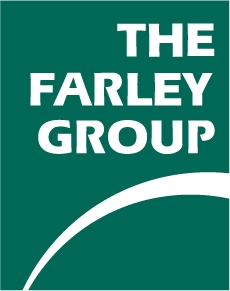
We collect basic website visitor information on this website and store it in cookies. We also utilize Google Analytics to track page view information to assist us in improving our website.
Have you ever wondered how artificial turf is made? Artificial turf fields are popping up across the country because the technology has gotten to the point where artificial turf is pretty close to the real thing.
Artificial grass also makes it super easy to turn an outdoor field into an indoor field for the winter. Many soccer domes are put away in the spring, then re-inflate in the fall and this wouldn’t be possible if the turf was living, breathing, photosynthesizing grass.
Artificial turf has been around for a while and it has come a long way since it’s humble beginnings. Making turf is actually a relatively straightforward process, while also being a very specialized procedure.
There was actually an episode of “How It’s Made,” that demonstrated the process of fabricating turf, so if you want to see it in action, check out this clip.
Turf has two basic components, the strands of “grass” and the fabric backing to which the strands are attached to. Obvious, right? But making fake grass that feels and reacts the same as the real thing is the real trick.
Plastic Blades of Grass
We all know what real grass feels like, so it’s pretty hard to fool anyone into thinking artificial blades of grass are even close to the real thing. This doesn’t mean it’s impossible to create artificial grass that won’t fool someone for a minute into thinking they are walking on living grass.
It all starts with the individual strands. Starting with high quality white plastic pellets, the plastic is melted and coloured green. The plastic is then extruded into long strands of grass. The strands are stretched (which strengthens them), then spooled together and formed into a yarn. Once this yarn is ready, it’s ready to move on to the next step.
Pulling Synthetic Turf Together
Starting with a large sheet of fabric, the plastic grass yarn is pulled through using a large, automatic sewing machine. Once the yarn is looped through the sheet, another machine slices the ends of each loop. This releases all the individual strands in the yarn, as well as creates a realistic tip on each blade of grass.
An adhesive is applied to the back of the fabric to hold the strands in place, as well to add strength to the entire sheet. A bit more processing increases the strength of the sheet, as well as provides water permeability. To simulate real grass it needs to be able to withstand heavy feet, as well as the elements.
Once the sheets of grass are ready, they’re rolled up and shipped off to sport fields, ready to be applied by synthetic turf professionals. There is a science and methodology to installing turf to make it feel as close to the real thing as possible, but we’ll get into that in another blog.
Air dome sport facilities couldn’t exist without synthetic turf that can simulate the real thing. Thanks to both, indoor sport is more viable than ever! If you’d like to learn more about turf in your upcoming air structure project, just ask and we’re able to point you in the right direction.
